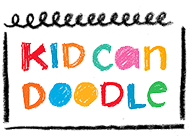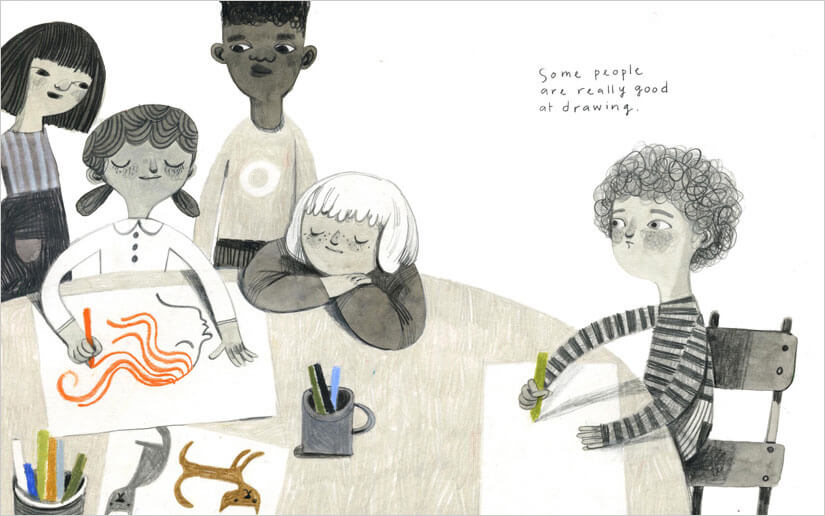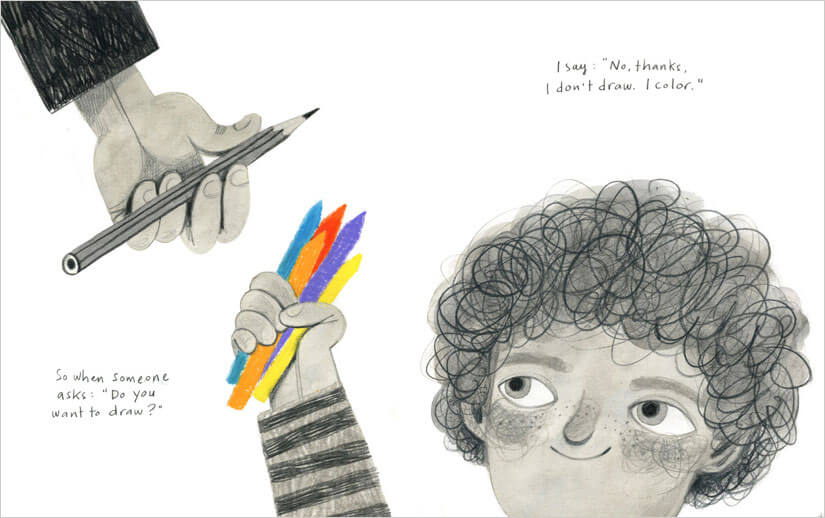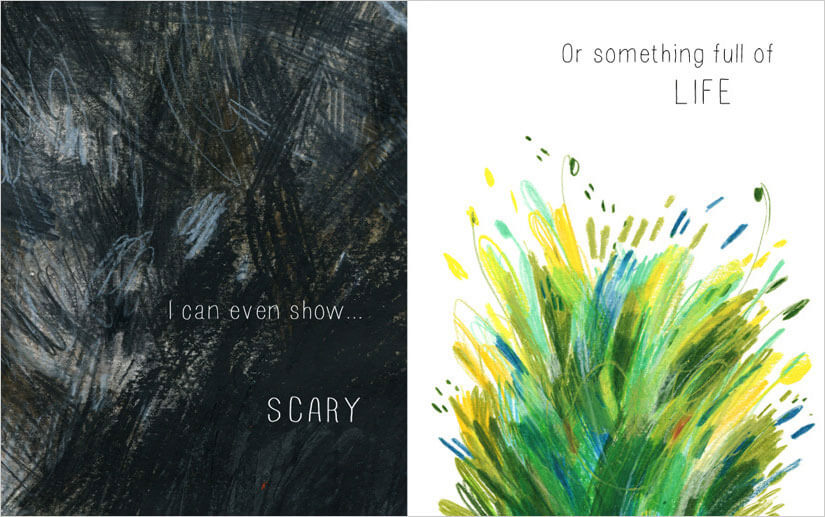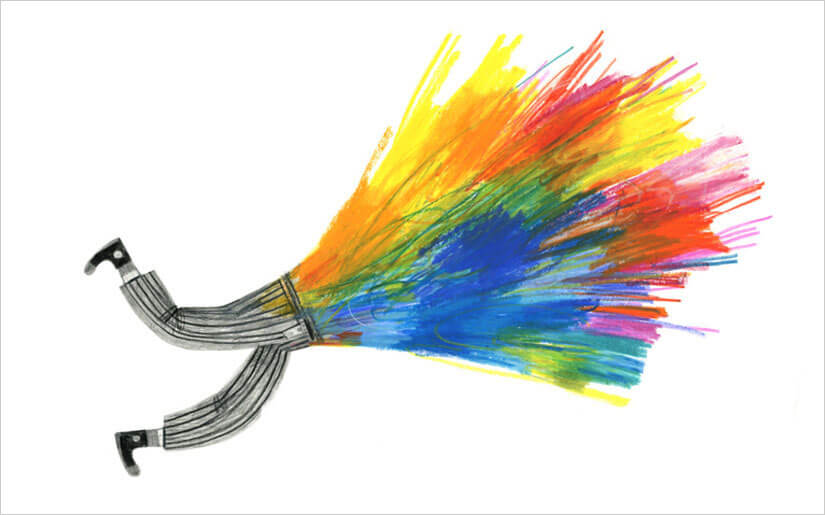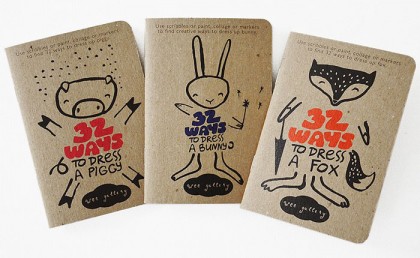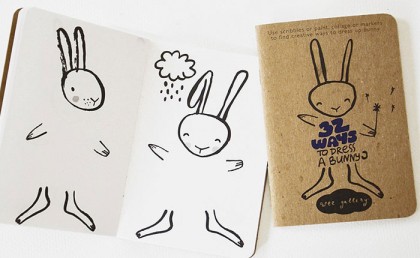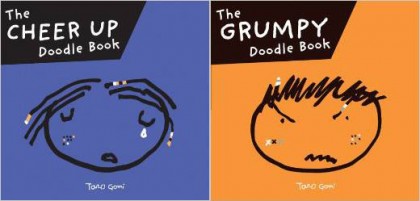
3 & 1/2 Questions: Colour by Marion Deuchars
Hi Kids! We’re in for a treat today! Marion Deuchars, the brilliant author and illustrator of several creative books for children including Let’s Make Some Great Art and Bob the Artist (both from Laurence King Publishing) is in the house — or on the blog — today! What I love about Marion’s books is that they teach us about famous artists whilst helping us to create like them. Marion’s new book is called Colour (Particular Books/Penguin). Colour plays an important role in art, and can really brighten or change the mood of your drawings.

We’re so pleased that Marion answered our 3 & 1/2 Questions:
1. I love that your book shows explorations of colour: palettes created for artists, colour wheels and diagrams. What is the best way to play with colour?
I think it’s good to learn a little colour theory; start with the colour wheel; primary, secondary and tertiary colours. Complementary colours are any two colours which are directly opposite each other on the colour wheel, such as red and green and blue and orange. These colours when used together offer a strong contrast whilst being harmonious. Artists such as Paul Klee and Matisse used complementary colours to full effect in their works.
How colour behaves in relation to other colours is complex and often surprising. A red square appears brighter agains a black background and duller against a white background. Orange will look brighter against a grey background than a white background.
I found when I was making the book that it was good to have this knowledge of colour theory but equally important to discard it sometimes! Colour is an instinctive subject and I found myself deliberately breaking rules of what colours should or should not go next to another. In some of the spreads of the book I copied the palettes from well known artists. This was a great exercise for breaking one’s own habitual use of colour. There was one colour I copied from Matisse, a bright viridian green (Matisse used gouache straight from the tube). I realised it was a colour I never used and actually found it quite difficult to work with. However, looking at Matisses’ work (which I love) I could not help notice how often he uses this pigment. Getting into someone else’s colour head is transformative thing.

2. What is something you discovered about colour whilst writing this book?
I discovered that there are lots of ‘false truths’ about colour. An example is the origin of the pigment ‘Indian Yellow’. The theory goes that this beautiful bright yellow pigment was made from cow’s urine fed exclusively on mango leaves. The urine was dried and rolled into balls. It was coveted and sold for very high prices. More recently in researching her book Colour: A Natural history of the Palette, Victoria Finlay examined whether Indian Yellow was really made from cow urine. She visited the town the town in which Indian yellow was supposedly made for 400 years and found no history supporting the theory. It was more likely that Indian Yellow comes form a vegetable source. Perhaps because pigments were so precious and hard to obtain that a colour with an interesting story would always be more interring and ultimately easier to sell!

3. What colours would be in your distinctive palette?
I think my palette is stuck firmly in some of my favourite artists like Miro, Arp and Matisse and Calder. I like using bright pigments next to greys. I use a lot of blue. Blue is supposedly the world’s favourite colour, perhaps because we live on a ‘blue planet’. My favourite colour is cobalt blue and my least favourite colour is yellowish green.

Please complete this sentence:
I like to draw (or colour) __.
I like to use colour in a playful way. When making images for Colour, I would go into my studio and pick a colour to work on that day. I would then take that colour on a visual and literal journey. I pushed the pigment to its limits, changing materials, adding other colours to see incrementally how much it would take before falling into another colour category. I used colours I did not like, I played with colours I loved and with materials I hated. I was trying to explore colour relationships that were very personal and without letting my left brian (logical) brain interfere too much. Our relationship with colour and how we perceive, experience it, was well established before we had the language to describe it.

Thanks again Marion! If you enjoy art and creating, I highly recommend Marion’s books: Art Play, Draw Paint Print like the Great Artists, and Let’s Make Some Great Fingerprint Art. Please note: Unlike Marion’s previous books, Colour is better enjoyed by older readers, probably artists over age 10.
If you’re not so confident about drawing, you may want to check out I Don’t Draw, I Color! by Adam Lehrhaupt, with gorgeous drawings by Felicita Sala. It has more great advice about using color.
All images from Colour by Marion Deuchars, courtesy of the author/artist.
PS. Did you notice something different about this post? It’s in British English. I’m American, but have been living in Australia and England, so when I started this blog, I was confused about whether or not to spell “color” with a U, like “colour”. I decided to write in American English, but since Marion is also living and working in the UK, and this book happens to be the British version, it made sense to write this blog in British English. Cheers!
